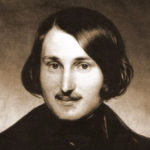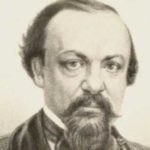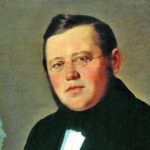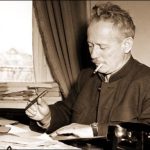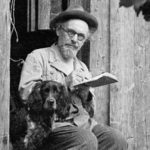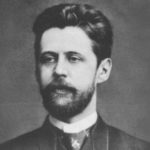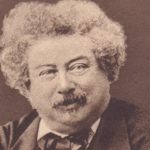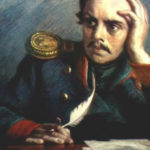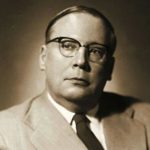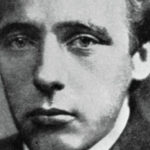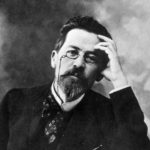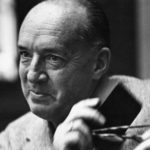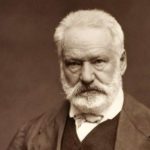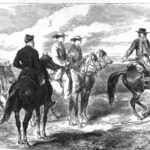Interesting facts about Mikhail Bulgakov
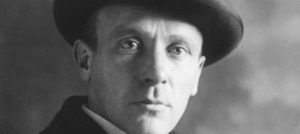 Interesting facts about Mikhail BulgakovMikhail Bulgakov has written many works over the years of his life, although the most famous and famous of them, undoubtedly, can be called “The Masters and Margarita” and “The Heart of a Dog.” Of course, these masterpieces do not limit the list of creativity of the great writer, but these works brought Bulgakov a posthumous fame.
Interesting facts about Mikhail BulgakovMikhail Bulgakov has written many works over the years of his life, although the most famous and famous of them, undoubtedly, can be called “The Masters and Margarita” and “The Heart of a Dog.” Of course, these masterpieces do not limit the list of creativity of the great writer, but these works brought Bulgakov a posthumous fame.
Mikhail Bulgakov was born in Kiev in the family of an assistant professor of the spiritual academy and a teacher of a women’s gymnasium.
Bulgakov had six brothers and sisters. All of them chose for themselves different professions – from a biologist to a musician-balalaika, but no one else had talent for literature.
Bulgakov graduated with honors from the medical faculty of Kiev University and filed a report on his appointment as a doctor to the fleet, but did not pass the medical examination because of renal failure.
The future writer did not know how to manage money at all, and he was an impulsive person – if he wanted to spend the last pennies on a taxi ride, he did so. Jewelry Bulgakov and his wife Tatiana regularly found themselves in a pawnshop.
Since 1917, when he worked as a doctor near the front line, Bulgakov acquired an addiction to the use of morphine.
The prototype of the professor from the novel “The Heart of a Dog” was the writer’s uncle, who had successful gynecological practice in Moscow.
In 1926, during the search, the siloviki seized from Bulgakov a manuscript of the “Dog Heart” and a personal diary. A few years later the diary was returned, and the author immediately burned it, but to this day a copy of this document, filmed on Lubyanka, has reached.
Bulgakov’s play The Days of the Turbins with success went to the Moscow Art Theater for about 15 years, before the next war. The statement was banned several times, but Stalin personally demanded to return it to the stage, since the leader liked the play. According to unconfirmed reports, Stalin watched “Days of Turbins” at least 15 times.
The Soviet press consistently and severely criticized both Bulgakov’s work and himself. According to estimates of the writer himself, for 10 years in various newspapers and magazines, 298 devastating reviews of his works and only 3 positive ones have come out. Critics were eminent officials and writers, for example, Vladimir Mayakovsky.
In 1930, Bulgakov’s position became desperate – his books were not printed, and the plays were withdrawn one after another from the repertoire of theaters. The writer, brought to the extreme, wrote an appeal to the government of the USSR with a request either to allow him to go abroad, or to give an opportunity to work in the theater. Soon, Bulgakov telephoned Stalin and advised the playwright to get settled in the Moscow Art Theater.
The predilection for morphine did not leave the writer almost all his life – on the manuscript of the novel “Master and Margarita” even 45 years after Bulgakov’s death, traces of this substance were present.
Bulgakov died of kidney disease at the age of 48 years. On his grave there is a black tombstone, originally lying on the site of the repose of Nikolai Gogol.
Work on the “Master and Margarita” began in the 1920s and continued until the death of Bulgakov, but this work was never completed. The widow of the writer Elena was already engaged in bringing together the scattered drafts and records. Originally, this novel was supposed to be called “Black Mage” or “Hoof Engineer”.
Neither the Master nor Marguerite was in the first version of the famous novel – the author of the book about Pontius Pilate and his beloved were born in Bulgakov’s imagination only after 10 years of work on the novel.
Mikhail Bulgakov had three wives, but none of the marriages had a single child.
Bulgakov collected tickets for concerts and performances, which he happened to visit.

